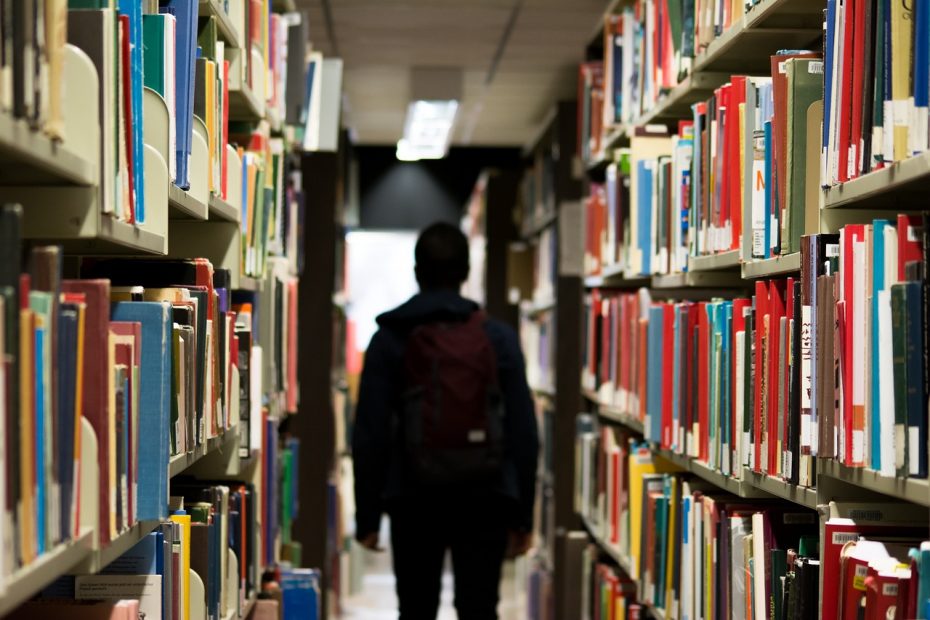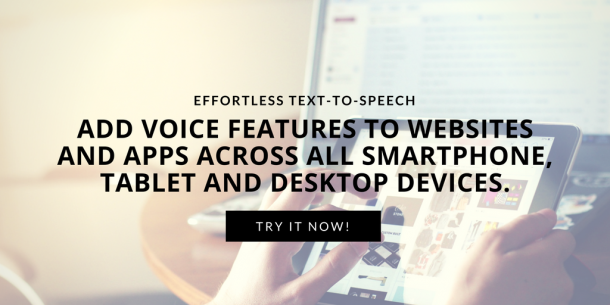Text-to-speech or TTS may have established its presence in the technology market as one of the most innovative platforms dedicated for assistive purposes.TTS is more and more being used in the education sector in which the technology is primarily utilized to assist the physically challenged with their learning. One example of a company dedicating its work to developing assistive learning tools for students with difficulties and disabilities is Spectronics. In an article published by the company on its website, Spectronics stated its mission to aid the learning institutions particularly educators in bridging the learning gap for the disabled learners. In addition, the company believes that:
Classroom teachers support students with diverse abilities and needs, cultural backgrounds, experiences and learning styles. As teachers, we are required to make use of strategies and resources that engage, motivate and encourage active participation and learning by all students.
The authors, proposes that inclusive technologies being used for assistive learning should be highly integrated into the educational institution’s core learning concepts to accommodate the needs of students with disabilities and various difficulties.

Furthermore, the authors pointed out that, “Students with learning difficulties can be defined as students who experience particular difficulties in achieving at school that are not due to a disability or impairment. (Ashman, 2005; Westwood, 2003) Students with learning disabilities include those students with chronic academic problems. These students may have been diagnosed with dyslexia, dyspraxia, dyscalcula, disgraphia or other neurologically based conditions”. In this sense, the learning community recognizes the need for TTS-enabled learning tools such as OCR (optical character recognition), Talking Books, Softwares that convert text into audio, and writing tools such as onscreen word banks and portable note-takers. One of the reasons that writing should be also considered a fundamental part of the TTS-enabled technologies is that, “Common problems for students with learning difficulties and disabilities center around spelling, grammatical errors, tense and punctuation. They may have ideas, which they can articulate very well, but because of spelling problems fall back on using simple sentence construction and vocabulary. These students often need scaffolding to help organize and articulate their ideas into a written format” (Smith et al, 2017).
Inclusive technologies may be designed to remediate specific difficulties and contain key supportive features, while others have many features that support a range of learning needs. They may be standalone programs or may integrate with other commonly used applications. On the other hand, many of the technologies outlined in this article will not eliminate or fix learning difficulties. There is evidence, however, that such technologies can compensate the students’ disabilities and difficulties as well as assist students to develop skills to improve their literacy. They definitely allow teachers to encourage students to capitalize on their strengths and work towards independence and self-reliance.



